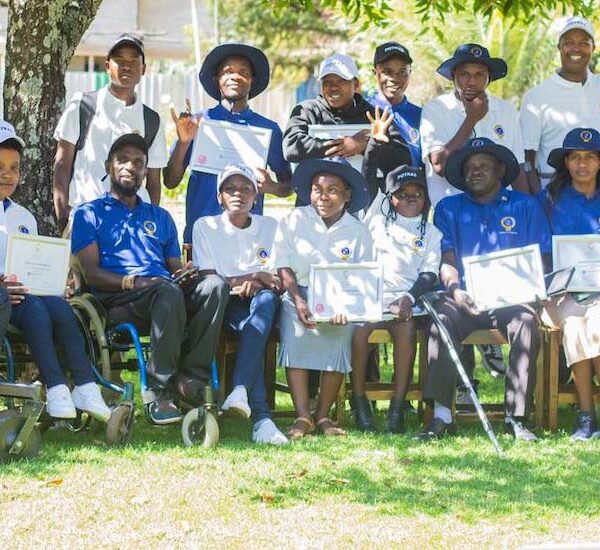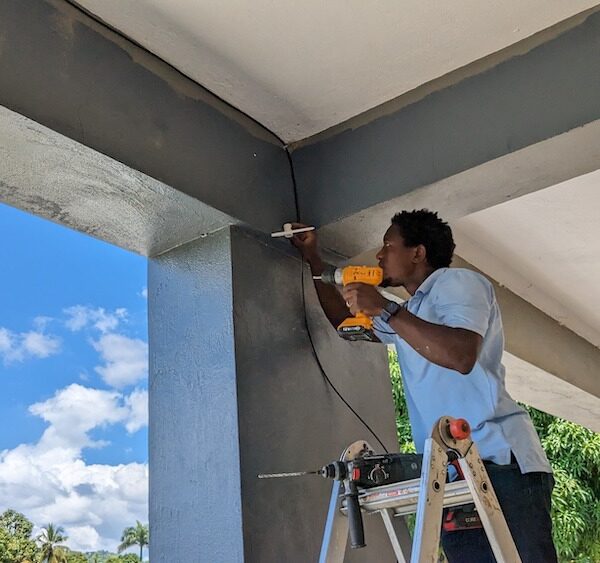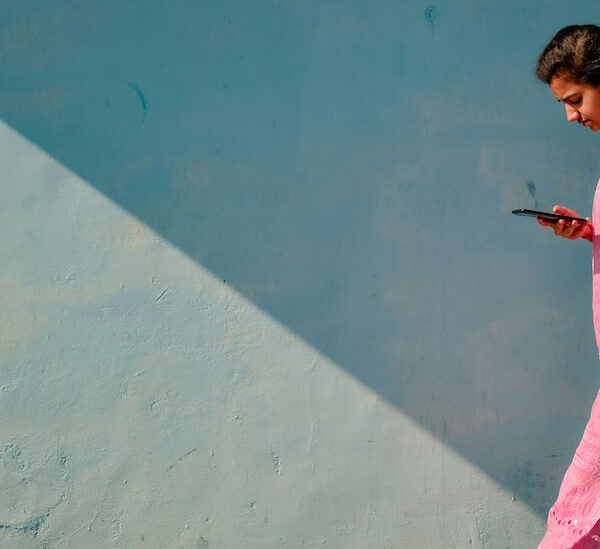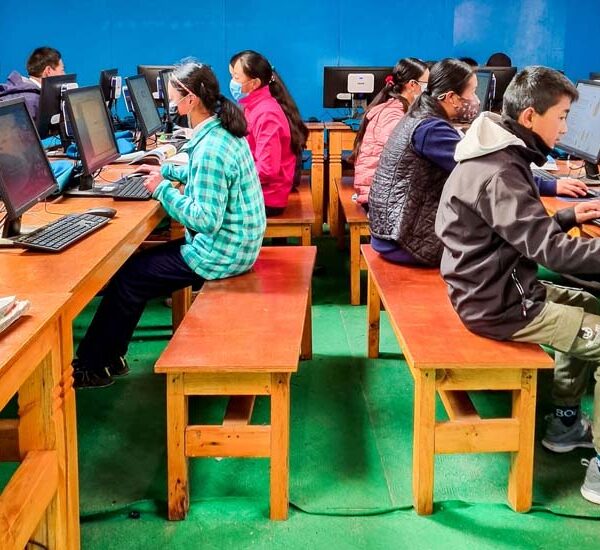While the Internet grows across the globe, it remains out of reach for millions of people. Increasing the reach and reliability of the Internet is our short-term goal, while we also focus on creating a solid foundation for continued growth over time.
Closing the Digital Divide

Moving the Needle on Universal and Meaningful Access
The latest International Telecommunication Union connectivity statistics remind us how much progress we've made and how far we still...

Building an Internet for Everyone: Celebrating International Day of Persons with Disabilities
The International Day of Persons with Disabilities reminds us that our vision of an Internet for everyone can only...
Policy Brief: Licensing Approaches for Community-Centered Connectivity
Discover how community-centered connectivity solutions empower underserved areas. Explore updated licensing options and principles for meaningful connectivity today.

A Once-Overlooked Tool: How Community Networks Connected Haiti and the World
Community networks connect us to opportunities across borders and across the globe.Their journey to mainstream discussion has not always...
Policy Brief: Enhancing the Resilience of Submarine Internet Infrastructure
This document presents a forward-looking and optimistic approach to enhancing Internet resilience through practical and policy-driven solutions.
Internet Society Pulse Research Week
This December, Internet Society and its partners will be holding four days of Internet measurement research discussions and training,...

From Connectivity to Capability: Rethinking the Digital Divide
India's rapid digitalization has been remarkable. But connectivity and processes alone do not guarantee capability. The digital divide today...
Policy Brief: Internet Shutdowns
This policy brief urges policymakers to adopt policies that eliminate shutdowns as a tool and to analyze and weigh...

What Is Meaningful Connectivity?
The Internet is for everyone. But for that to be a reality, we need more than to connect the...
World Telecommunication Development Conference 2025 (WTDC-25)
Creating the conditions to expand Internet access requires decisive action from governments. How can they help close the global...
ITU World Telecommunication Development Conference 2025 (WTDC-25) Background Paper
This background paper is intended to provide the Internet Society community and interested parties with a general overview of...
Policy Brief: Spectrum Policy
We need deliberate policy and regulatory measures to ensure spectrum availability for community-centered initiatives.